Stream Biological Monitoring
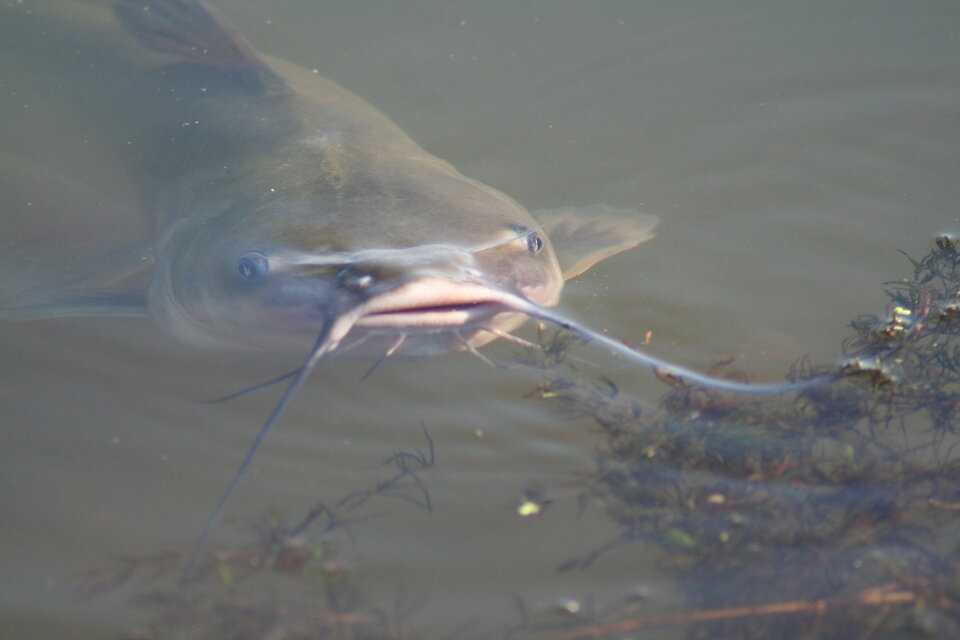
Rivers and streams are complex. They are filled with a dizzying array of life, from relatively simple bacteria and algae to more complex forms such as plants, insects, and fish. When everything is working well, rivers provide many benefits to society, including fishing and other recreation opportunities, drinking water, irrigation, and transportation. However, there are also many ways that people can disrupt the natural functioning of rivers. For example, it may be necessary for cities to build systems that rapidly remove rain water to prevent flooding damage to homes and businesses. But this rapid removal may introduce pollutants into rivers and increase the intensity of floods causing erosion. Similarly, crop production may also change the water cycle and can increase how much sediment and nutrients enter streams. When taken together, these changes can cause a variety of alterations to rivers that could reduce their benefits to society.
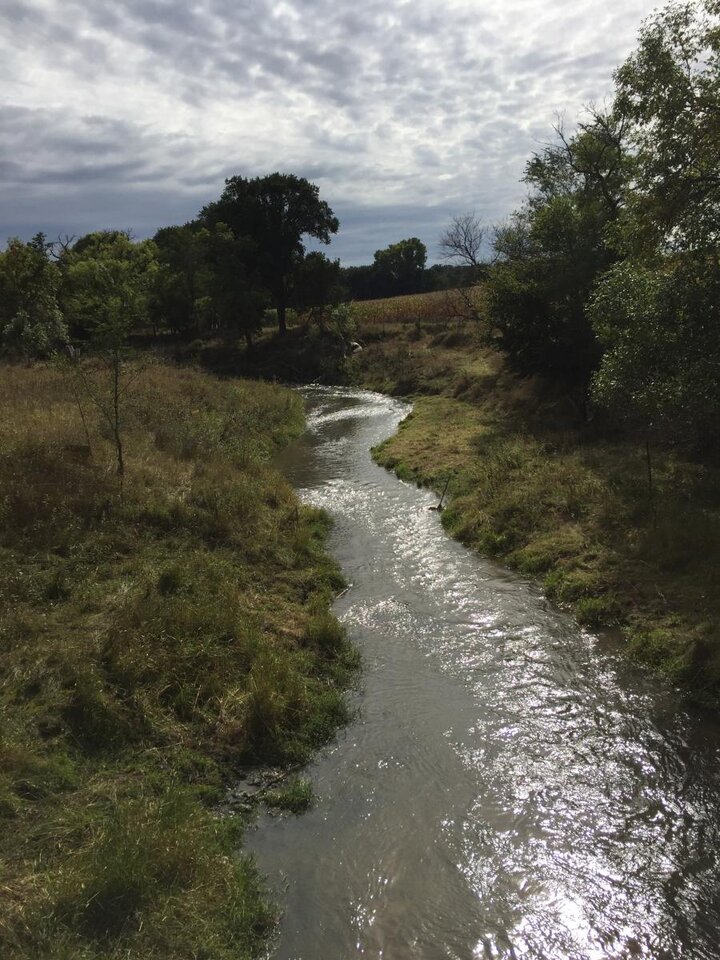
The Nebraska Department of Environmental Quality (NDEQ) has been monitoring the quality of rivers and streams for several decades. The basic approach is to identify rivers that are healthy, and then to compare newly monitored rivers to those that are known to be healthy. This allows NDEQ to account for the conditions that make Nebraska unique, such as the slowly meandering streams in the Sandhills that have cool, clear water and diverse types of bank vegetation. NDEQ has been primarily focused on monitoring fish assemblages, the diverse community of insects and other invertebrate animals such as snails and worms that the fish feed on (bugs for simplicity), and the conditions of the habitats in and near the streams that are important to both the fish and bugs.
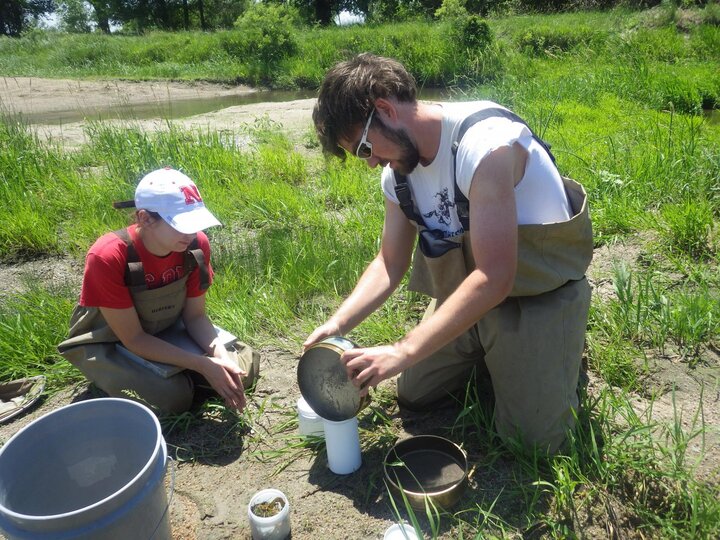
When determining if rivers are sufficiently healthy, NDEQ measures different properties of the river organisms. At the simplest level, NDEQ evaluates how many bugs and fish are present and how many different types of them are present. Also, some bugs and fish are known to be able to tolerate pollutants better than others. So, NDEQ also monitors to make sure that the desirable sensitive species are thriving, and to make sure that the very tolerant organisms are not the only ones present. Over time, NDEQ has been able to determine that the fish seem to be especially vulnerable to excess sediments in the water, and that the bugs seem to be more sensitive to the loss of local habitat, especially when vegetation on river banks is lost to erosion.
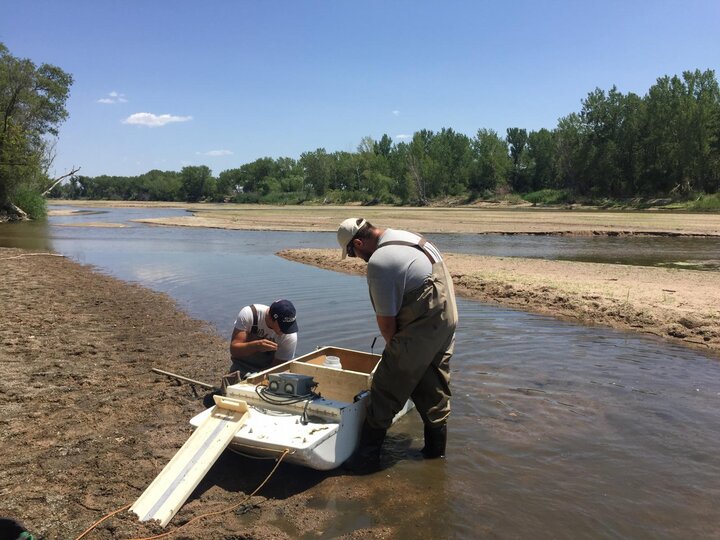
NDEQ has also been recently investigating whether excess nutrients in rivers can cause overgrowths of undesirable algae that might also decrease river benefits. By monitoring the structure of these different organisms, NDEQ is better able to identify the rivers that are not providing the benefits that they could, and the steps that might be taken to bring these complex ecosystems back to a healthy state.
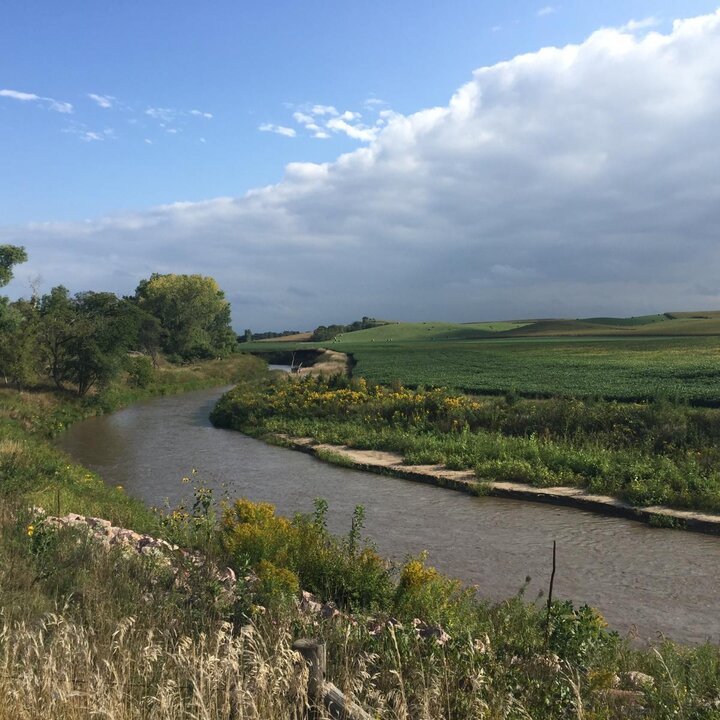
This article was reviewed by Katie Pekarek - Extension Educator